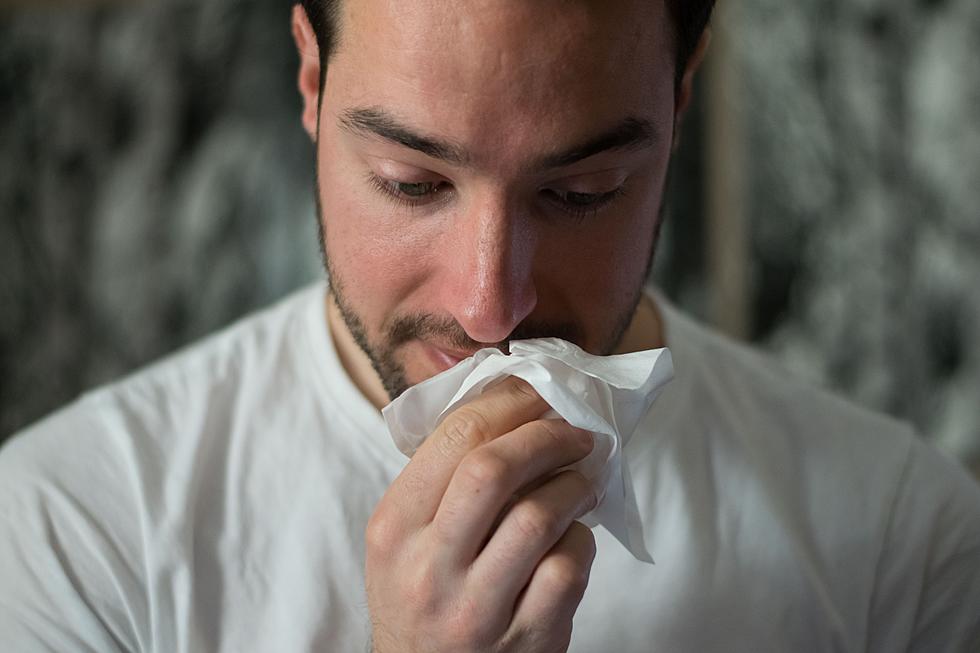
Boy, It’s Cold! Are You Risking Frostbite?
Until this Arctic blast moves on, temps in the teens and 20s and wind-chills in the single digits pose a potential threat for anyone outdoors for extended times. Time to think about frostbite and hypothermia.
Frostbite is the less threatening of the two, affecting mainly nose, ears, cheeks, chin, fingers and toes. But it can still result in amputation if not treated, or mistreated.
"If you have any redness or pain, get...out of the cold, as frostbite might be beginning," says Ocean County Public Health Coordinator Dan Regeneye. If your skin begins taking on a grayish-yellow or whitish tinge, of if it feels unusually firm or waxy, or if you can't feel it at all, it's a strong indication that frostbite is setting in.
If medical care is not readily available, county health staffers offer these recommendations:
Hypothermia results when the cold has sapped your body heat, and your temperature is abnormally low. It can affect your brain. "Victims of hypothermia may be confused, shivering, drowsy or have slurred speech," says Regeneye. Infants may be lethargic and have bright red, cold skin. The worst part is that sufferers often don't know it's setting in.
The affliction, says Regeneye, commonly affects elderly people without sufficient heat, food or clothing; babies sleeping in cold rooms; unattended children; mental illness sufferers; and anyone whose work or tasks keep them outside for long stretches.
Regeneye recommends taking someone's temperature if you suspect symptoms of hypothermia. If it's 95 degrees Fahrenheit or lower, you're probably right and this person needs medical attention right away.
Until medical help arrives, he continues, the most important thing is bringing the victim to a warm place, and taking these precautions:
- Remove any wet clothes immediately.
- Try to warm the center of the body first - head, neck, chest and groin - with either an electric blanket or layered blankets, towels and sheets.
- If the victim is still conscious, administer liquids to drink - but not alcoholic liquids.
In extreme cases, it might be hard to find a pulse or determine of the victim is breathing. Regeneye advises applying CPR until medical help arrives.
Department spokesperson Lesile Terjesen adds that indoor conditions are as critical as those out of doors.
"Your home needs to be heated safely," she warns. "Make sure fireplaces are vented to the outside and if you use a kerosene heater, ensure adequate ventilation. Keep space heaters at least three feet away from drapes, furniture, bedding, or anything that could catch fire. Always have a fire extinguisher available."
The Centers for Disease Control and Prevention maintains an Extreme Cold Guide. View it and get lots of other helpful tips at http://www.ochd.org. The Health Department can be reached at 732-341-9700.
More From 92.7 WOBM









